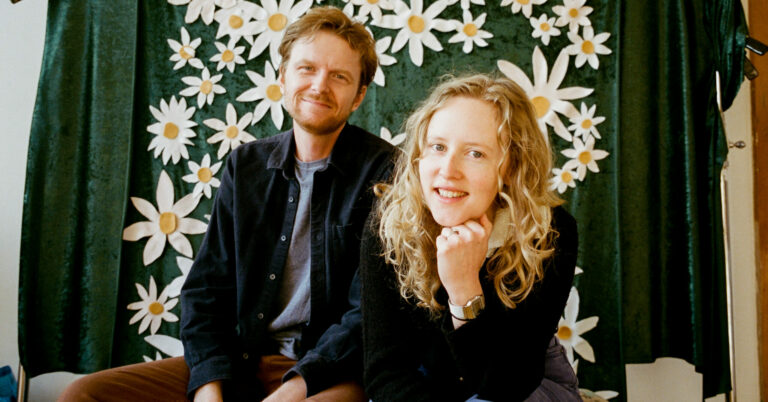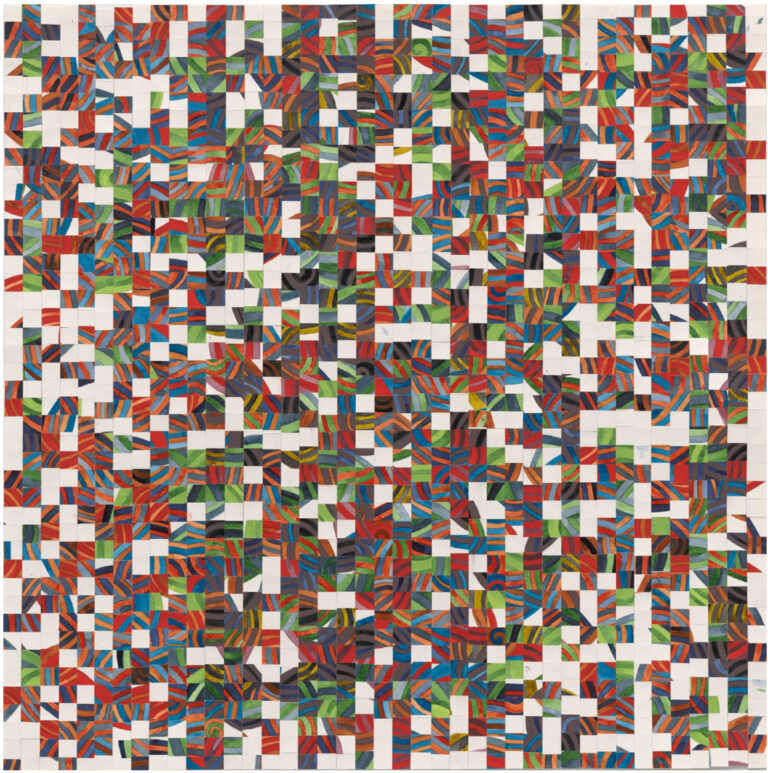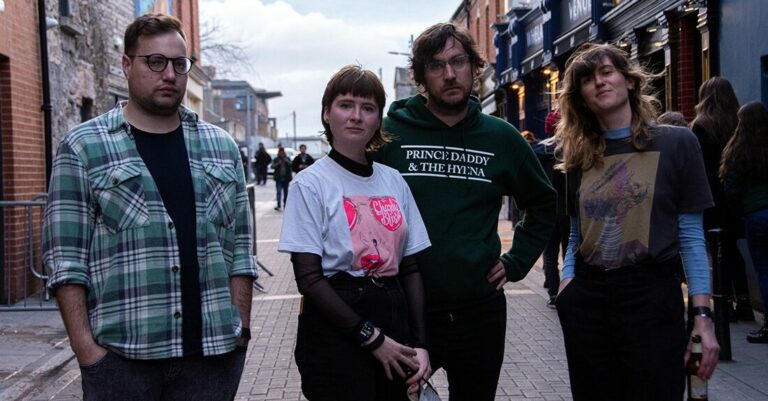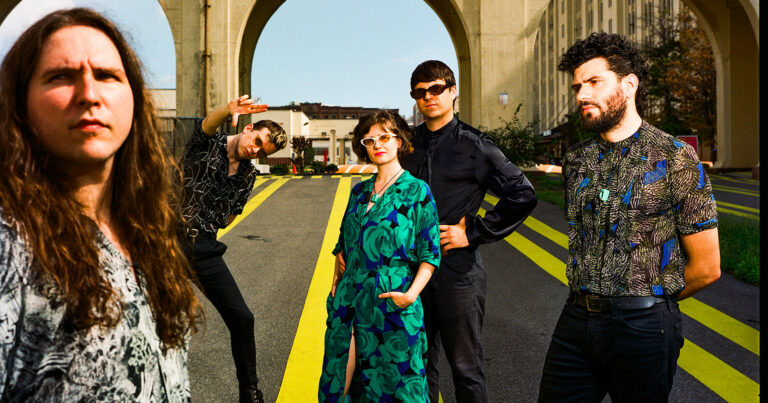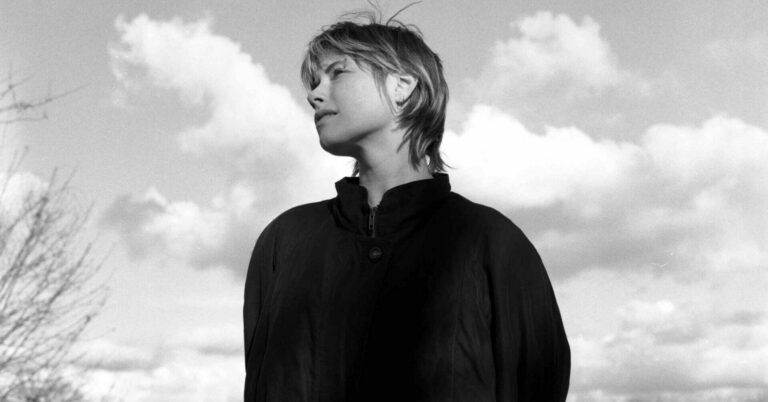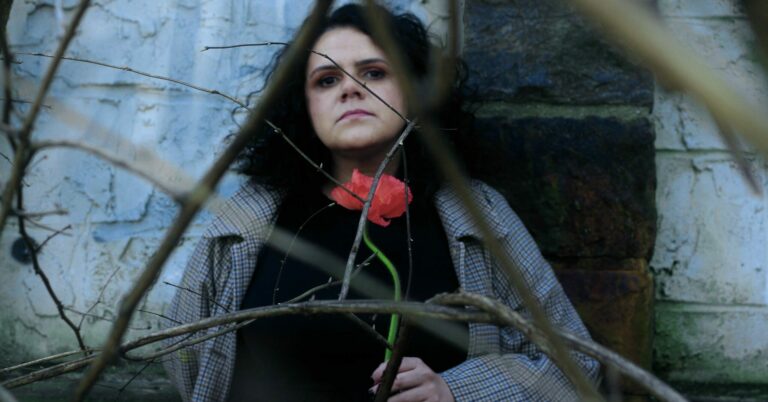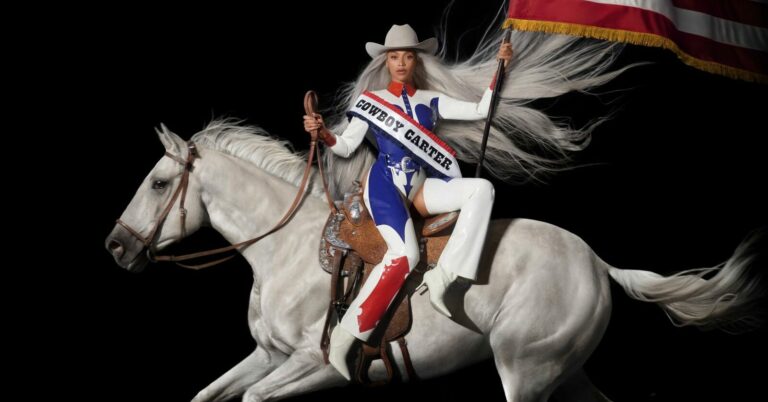Smart manufacturing offers businesses incredible growth opportunities, efficiency, and sustainability. At its heart, smart manufacturing uses state-of-the-art technologies like the Internet of Things, artificial intelligence, robotics, and data analytics to create interconnected and automated production systems. But what exactly is smart manufacturing, and how can it help your business? Let’s break it down and see how this innovative approach reshapes modern enterprises.
What is Smart Manufacturing?
Smart manufacturing integrates technologies such as the Internet of Things, artificial intelligence, robotics and automation, data analytics, and digital twins to optimise industrial processes. The Internet of Things involves interconnected sensors and devices that communicate with each other, collecting data from machinery and enabling remote monitoring and control. Artificial intelligence acts as a highly intelligent brain, analysing vast amounts of data to identify patterns, optimise workflows, and predict future outcomes, enhancing efficiency and productivity. Robotics and automation play a crucial role in smart manufacturing by automating tasks and increasing speed and accuracy while reducing errors and the need for manual intervention in repetitive processes. Data analytics tools process numerical data, transforming it into actionable insights that aid in making informed decisions and continuously improve operational efficiency. Digital twins create virtual replicas of physical assets, allowing for testing and experimentation without affecting real-world equipment, enabling companies to simulate scenarios and refine processes before implementation.
Together, these technologies form the backbone of smart manufacturing, revolutionising traditional industrial practices by allowing real-time monitoring, predictive maintenance, and agile decision-making, ultimately driving efficiency, cost savings, and innovation in manufacturing processes.
The Benefits of Smart Manufacturing for Businesses
Enhanced Operational Efficiency
Smart manufacturing optimises production processes, minimises downtime, and maximises resource utilisation, allowing small businesses to achieve more with less. SMEs can boost output levels without requiring extensive resources by simplifying workflows and automating routine tasks.
Improved Quality Control
Through real-time monitoring and data analytics, smart manufacturing identifies defects and deviations early, enabling immediate corrective action for small businesses. This leads to higher-quality products, reduced waste, and increased customer satisfaction, which is crucial for building and maintaining a loyal customer base.
Greater Agility and Flexibility
Smart manufacturing fosters agile and responsive operations, which is crucial for SMEs to adapt to changing market dynamics and customer demands swiftly. By embracing flexibility, small businesses can capitalise on emerging opportunities and remain competitive in their respective industries.
Cost Savings and Waste Reduction
Smart manufacturing helps SMEs optimise energy consumption, minimise material waste, and prevent equipment failures through predictive maintenance, resulting in significant cost savings. Additionally, automation reduces reliance on manual labour, further driving down operational expenses for small business owners. Moreover, waste reduction saves costs and contributes to environmental conservation, a concern shared by many SMEs.
Data-Driven Decision Making
Smart manufacturing equips small business owners with actionable insights from real-time data analysis, empowering them to make informed decisions across various operations. Whether optimising production schedules, identifying market trends, or enhancing customer experiences, data-driven strategies drive success for SMEs in today’s competitive landscape.
Sustainable Operations
By promoting resource efficiency, reducing carbon emissions, and minimising environmental impact, smart manufacturing aligns with the sustainability goals of small businesses. Embracing sustainable practices benefits the planet, enhances brand reputation, and attracts environmentally conscious customers, which is crucial for SMEs looking to differentiate themselves in the market.
Partnering with Concept Design Agency for Smart Manufacturing Solutions
As businesses embark on their smart manufacturing journey, partnering with experienced professionals becomes crucial. Concept Design Agencies are ready to assist, offering tailored smart manufacturing solutions to meet your needs and objectives.
Concept Design Agencies combine industry knowledge with technical expertise to design and implement smart manufacturing systems that deliver tangible business results. From initial consultation to ongoing support, they guide you through every step of the implementation process, ensuring seamless integration and maximum return on investment.
With a product design consultancy as your trusted partner, you can unlock the full potential of smart manufacturing and propel your business towards sustainable growth and success.
Smart manufacturing represents a fundamental shift in how businesses approach production and operations. By embracing advanced technologies and data-driven insights, companies can achieve new efficiency, agility, and competitiveness levels. Partnering with a Concept Design Agency enables businesses to navigate the complexities of smart manufacturing with confidence, driving sustainable growth. In the era of smart manufacturing, there is an opportunity to create a future where innovation thrives and businesses flourish.
